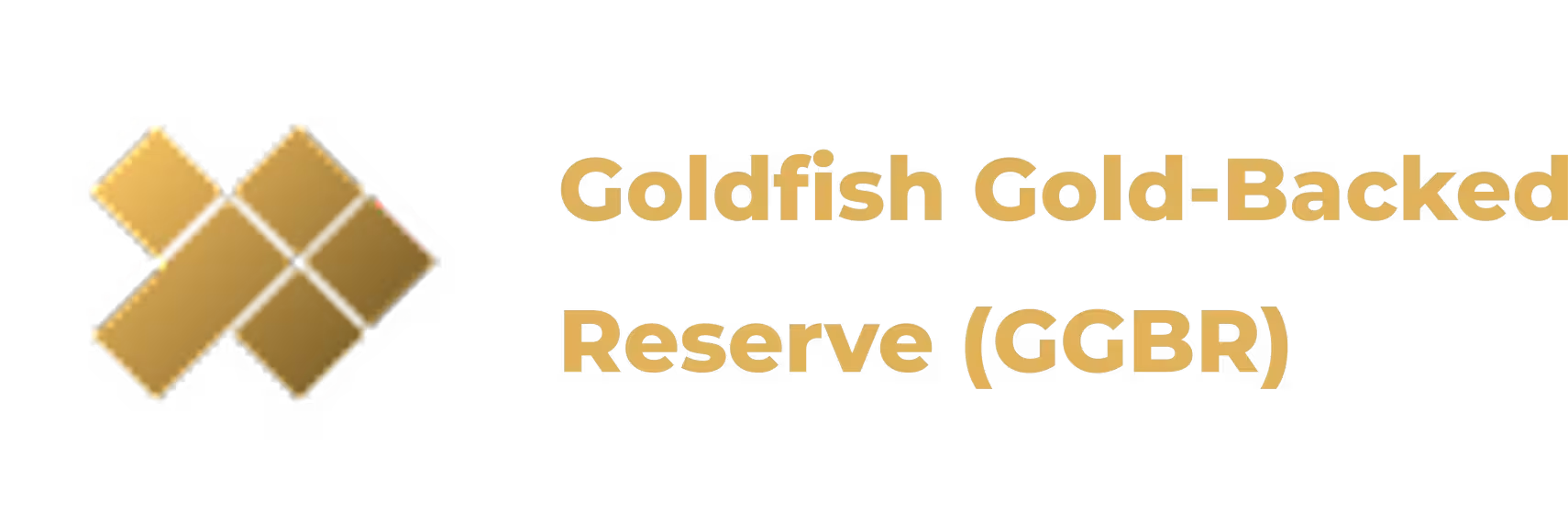Introduction: A New Battle for Global Monetary Sovereignty and Control
Monetary sovereignty has always defined a nation’s independence. Today, it faces a historic shift. Central banks are accelerating Central Bank Digital Currencies (CBDCs). At the same time, private innovators are creating gold-backed coins that challenge centralized control. This clash between CBDCs and gold-backed private coins is more than technical. It is about who controls money in the future. Will states tighten their grip, or will individuals reclaim financial freedom?
CBDCs: The State’s Vision for Centralized Digital Money
Central Bank Digital Currencies represent the digital extension of state-issued money. Unlike cryptocurrencies, CBDCs are centralized. They are fully controlled by central banks.
Key Features of CBDCs in Today’s Global Financial Landscape
- Centralized issuance: Only governments issue CBDCs.
- Programmable money: Transactions can include restrictions and tracking.
- Financial inclusion goals: Governments promote CBDCs as tools for faster payments.
- Potential surveillance: Every transaction may be traceable.
CBDCs promise efficiency. Yet, they raise deep concerns about privacy and autonomy. When money is programmable, states can decide how and when you spend.
Gold-Backed Private Coins: Digital Assets Rooted in Real Value
Gold has preserved wealth for centuries. By combining blockchain technology with physical reserves, private projects offer a new form of monetary independence. Unlike fiat-backed stablecoins, these coins are secured by independently verified gold reserves. Some projects use NI 43-101 standards to confirm their backing. This ensures transparency and real value instead of paper promises.
Key Benefits of Gold-Backed Private Coins for Investors and Savers
- Tangible foundation: Coins represent real gold in the ground.
- Protection from inflation: Gold maintains value better than fiat currencies.
- Transparency: Backing is validated and publicly auditable.
- Decentralized access: Holders can trade without central bank control.
This model challenges CBDCs directly. It restores value to money while preserving personal freedom.
Why Monetary Sovereignty Matters in the Future of Digital Finance
Sovereignty means control. When states monopolize money, individuals lose independence. CBDCs may reinforce this imbalance. Gold-backed private coins offer an alternative. They provide individuals with a hedge against inflation and surveillance. By anchoring money to real assets, they return trust to markets. History has shown the danger of unlimited fiat issuance. From Rome’s debasement of silver to modern inflation waves, fiat always weakens. Gold, however, remains constant.
CBDCs vs. Gold-Backed Private Coins: A Direct Comparison of Two Paths
1. Control and Privacy in Digital Transactions
- CBDCs: Controlled by governments. Full transparency, but no privacy.
- Gold-backed coins: Holders maintain independence. Transactions are peer-to-peer.
2. Backing and Value in a Changing Financial World
- CBDCs: Fiat value with no intrinsic asset support.
- Gold-backed coins: Linked to NI 43-101 verified gold reserves.
3. Trust and Transparency in Global Finance
- CBDCs: Dependent on government trust.
- Gold-backed coins: Proof-of-reserve confirmed through independent audits.
4. Inflation Protection and Long-Term Wealth Security
- CBDCs: Still tied to inflationary fiat systems.
Gold-backed coins: Anchored to a limited, historically resilient asset.
The Investor Perspective: Protecting Wealth and Financial Freedom
Investors view CBDCs as extensions of fiat. They may streamline payments but fail to preserve value. Inflation, policy changes, and surveillance risks remain. Gold-backed private coins, on the other hand, serve as digital gold. They provide exposure to a stable asset while enabling blockchain liquidity. This mix of old and new attracts those seeking monetary resilience. For example, projects like Goldfish Presale are pioneering accessible gold-backed digital assets. By linking digital coins to real reserves, such initiatives provide an alternative to fiat-dominated systems. This interconnection of blockchain with gold creates a compelling hedge against both inflation and state control.
Risks and Challenges Facing CBDCs and Gold-Backed Private Coins
Neither system is risk-free.
- CBDCs: Depend on trust in governments, and can be used for capital controls.
- Gold-backed coins: Depend on reserve verification and regulatory clarity.
Investors must perform due diligence. Projects that use independent geological audits provide greater trust. Transparency is the foundation of credibility.
The Geopolitical Dimension of CBDCs and Gold-Backed Alternatives
The rise of CBDCs is not only about technology. It reflects power struggles between nations. China leads with the digital yuan, while the U.S. explores its digital dollar. Smaller states fear losing monetary autonomy. Gold-backed private coins provide an alternative. They create decentralized monetary ecosystems, free from state dominance. For emerging markets, this can mean survival against larger economies.
The Future Outlook: Hybrid Models and Potential Coexistence of Both Systems
Will CBDCs replace private coins? Unlikely. Instead, we may see coexistence. Governments will push CBDCs for official payments. Meanwhile, individuals and investors will adopt gold-backed private coins for protection and independence. Hybrid systems may emerge, where CBDCs dominate domestic use, while gold-backed coins serve as global hedges. This dual track could redefine finance in the next decade.
Conclusion: Choosing Between CBDCs and Gold-Backed Private Coins for True Sovereignty
The debate between CBDCs and gold-backed private coins defines the future of money. CBDCs promise efficiency but threaten privacy. Gold-backed coins offer sovereignty, stability, and independence. As digital finance evolves, investors must choose. Trust the central bank, or trust assets grounded in independently verified gold reserves. For those seeking resilience, projects like Goldfish Presale demonstrate the promise of asset-backed digital money. They represent a path toward personal financial freedom. The future of monetary sovereignty may not be decided by governments alone. It will be shaped by individuals choosing independence through gold-backed innovation.



